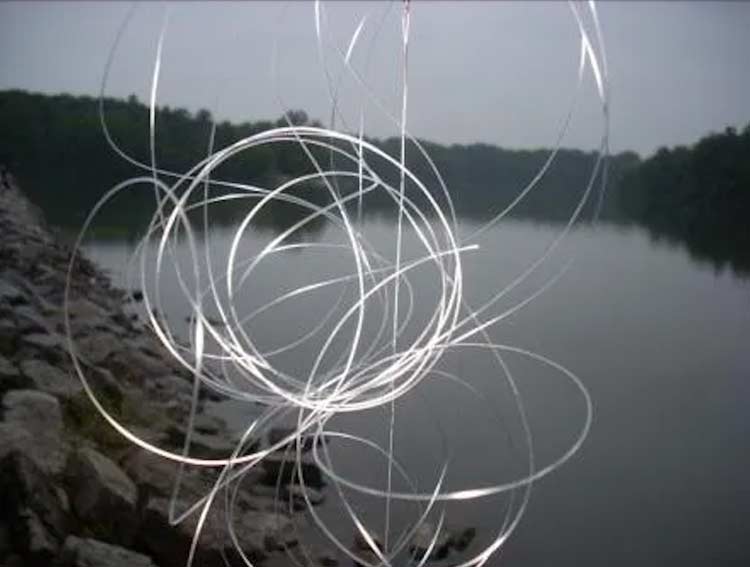Is There a Secret to Untangling Knots?

The wind did it, I swear.
Have a question you want answered? Email it to us at ask@midcurrent.com.
Question: You’ve written several pieces about which knots to use for terminal tackle, but nothing about the other kind of common fly-fishing knots: the unintended ones you create because of wind or bad casting. A guide once told me that about half his job was untangling other people’s knots. Are there any secrets to the process?
via email
Well, I don’t know about secrets, but there are certainly some untangling strategies that I learned during my guiding days. That said, when it comes to tangled leaders, I’ve always divided anglers into two camps: cutters and untanglers. Cutters believe that anything but the simplest tangle isn’t worth bothering with, so instead they simply cut above the knot and re-tie the leader. If you’re good with leader knots and have an endless supply of monofilament, this might be a good strategy.
Untanglers—a group to which I belong—see every knot as a challenge to be met head-on. The exception to this rule is that rising fish demand a speedy solution, even if it means cutting a tangle you could undo if you had the time. Rising fish wait for no man.
That said, here are some strategies for detangling your leader.
- If you are fishing a tandem rig, immediately cut off the bottom fly at the hook bend of the top fly. If you don’t, you’ll find that the dropper fly keeps wrapping itself around stuff while you’re working on another part of the tangle.
- If you are fishing a bushy dry fly or a big streamer, you may want to cut that off, as well. Such a fly is hard to thread through small loops, which is frustrating. For most tangles, I prefer to leave smaller flies attached because they give you a visual reminder of where the end of the line is when you’re working farther up. Plus, the fly gives you some weight to work with when you’re trying to unspin parts of the tangle.
- The key thing to remember is this: Things wrap around other things. The vast majority of tangles aren’t really knots, in which the end of the line is actually interwoven with the standing line. What looks like a convoluted mess will become clearer when you start to look for how parts of the tangle are wrapping around each other. If you can unwrap them in the reverse order, you’re golden.
- Never pull on the ends of the tangle, even if you think you’re almost done solving it. This may serve to create a smaller, tighter tangle that’s even harder to undo.
- Many nippers have a small pick for poking the glue out of hook eyes. Use this to gently pull apart tight parts of the tangle or “wind knots.”
- Use your mouth as a third “hand.” By holding parts of the tangle in your mouth, you can use both hands to work elsewhere. However, do not employ this method on streams known for giardia or “beaver fever.”
All of these strategies aside, the best way to deal with tangles is to try not to create them in the first place. That means you must work on becoming a better, smoother caster.











